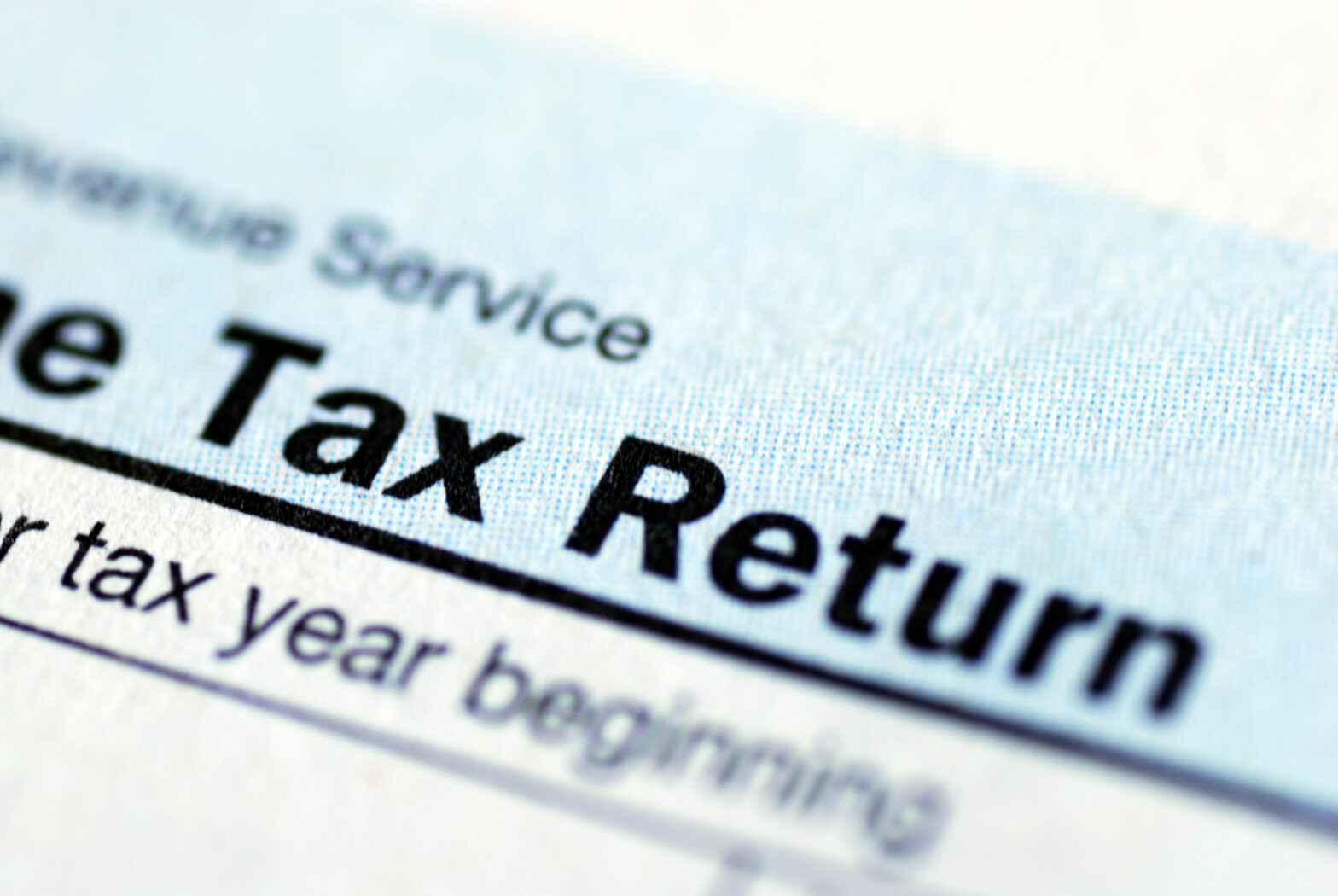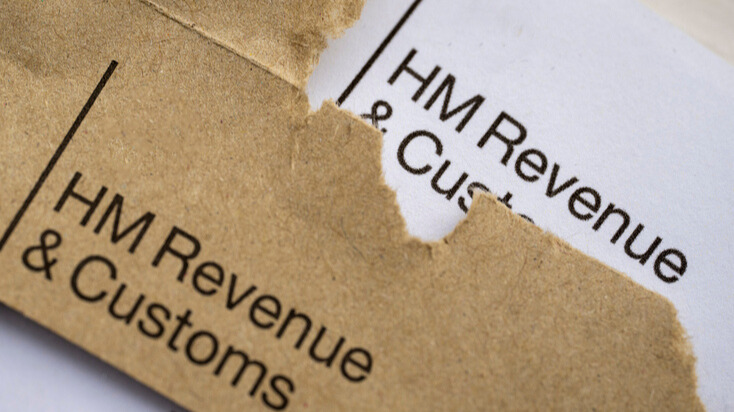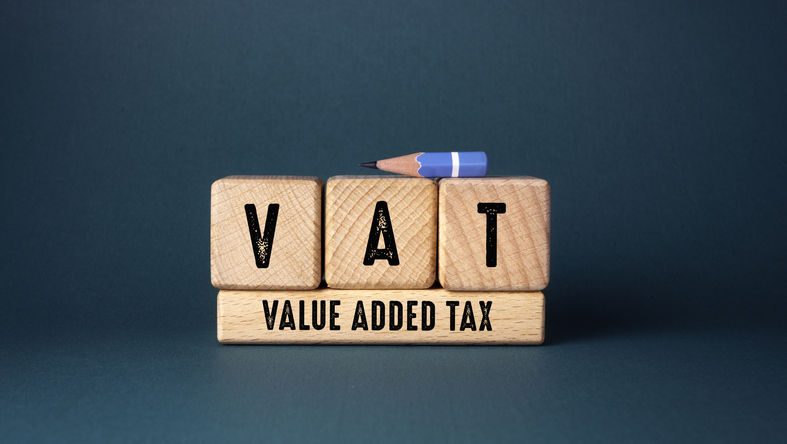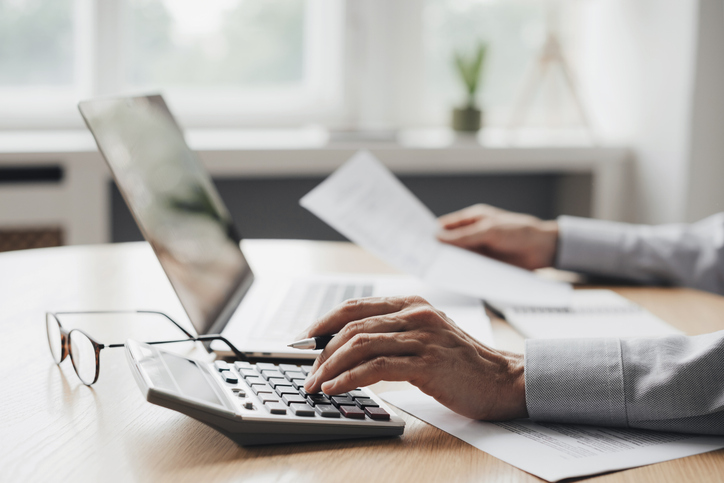With the self assessment deadline fast approaching, we take five minutes with GoSimple technical director Mike Parkes to learn more about completing your tax return online.
When is the deadline for self-assessment tax returns?
The deadline is midnight on January 31st. But the key thing is to ensure that you’ve got a Unique Tax Reference (UTR) number, and that you’re registered with the online government gateway ahead of this deadline.
Why is it important to act sooner rather than later?
It can take up to ten working days for you to receive your UTR, then a further ten working days to obtain your government gateway ID – sometimes longer.
Therefore, we recommend that you make a start on completing your tax return online no later than January 11th. If you live overseas, each stage can take up to 21 working days, so starting the process even earlier is crucial.
You also need to make sure you’ve given yourself plenty of time to gather evidence, such as your P60. If you’ve lost any key documents, you’ll need to source them elsewhere or wait for replacements to be sent out.
Furthermore, it’s a good idea to leave some wiggle room in your schedule in case you have any questions about your self assessment form, allowing time to seek advice.
What happens if you can’t find your UTR number?
If you can’t find your UTR number, it’s vital to contact HMRC as soon as possible, because the suggested deadline (20th December 2016) for registration has already passed.
It may be that you’ve registered and simply misplaced the details. In the event that you haven’t, they will advise on the best course of action and timescales in which you’re likely to receive it.
Do you need an accountant?
Accountants may give you peace of mind, especially if you find tax returns daunting or have multiple sources of income. But often people don’t need an accountant to fill in their self assessment form.
Don’t be scared if you’ve got several jobs, buy-to-let property or trusts – you can use software to take the jargon out of tax and save around £250.
How long does it take to complete your self assessment?
For straightforward tax returns, it can be done in as little as 30 minutes. However, the HMRC system isn’t always easy to understand and doesn’t cover all scenarios, such as ministers of religion, income from trusts/estates, partnerships and expats.
What documents do you need before you get started?
For anyone who has multiple employers, you’ll need to source one or more of the following documents:
P60 (For employment income through PAYE)
P11D (For any benefits your employer provides)
P45 (For previous employment)
For landlords and the self-employed you’ll need to retain evidence of all your income and expenses. You should also have a mileage log for vehicle use, and details of any private expenses (ie mobile phone, car and broadband) that you might be able to claim relief on if used as part of your self-employment.
For investors, your financial institution or broker should have provided you with dividend vouchers, consolidated tax vouchers and statements of any interest paid.
Whatever your situation, it’s a good idea to keep a note of any gift aid payments or contributions to a private pension pot made over the year. So think outside the box and delve deeper into your accounts to find opportunities for tax savings.
Help! I’m stuck – who should I contact?
The HMRC helpline is an obvious port of call for anyone struggling with their tax return. However, you’re likely to find yourself at the back of a long queue if you attempt their phone lines over Christmas and January.
Mike Parkes is technical director of GoSimple.
Further reading on tax





